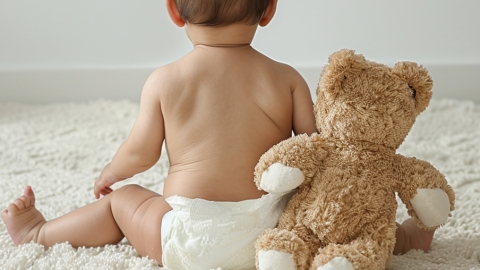What is the best treatment for infantile urticaria?
Generally speaking, there is no such thing as a "best treatment for infantile urticaria." The management of infantile urticaria mainly includes avoiding triggers, local skin care, oral medications, traditional Chinese medicine (TCM) regulation, and close monitoring of the condition. Specific approaches are analyzed as follows:
1. Avoiding Triggers
It is essential to first identify and avoid factors that trigger infantile urticaria. Common triggers include certain foods and contact allergens. Parents should carefully observe the baby’s daily exposure to items and diet, record any suspected triggers, and promptly eliminate contact once a link is identified, thereby reducing urticaria episodes at the source.

2. Local Skin Care
Proper local skin care can help relieve discomfort. Keep the skin clean by gently wiping with lukewarm water, avoiding excessive washing or using irritating cleansers. If itching is significant, calamine lotion may be applied as directed by a physician. This medication has a soothing and anti-itch effect, helping reduce scratching and preventing skin damage that could lead to secondary infection.
3. Oral Medications
If symptoms of urticaria in infants are prominent, oral medication under medical supervision may be necessary. Commonly used drugs include cetirizine hydrochloride drops and loratadine syrup. These are antihistamines that work by blocking histamine from binding to its receptors, thus reducing skin vasodilation and increased vascular permeability.
4. Traditional Chinese Medicine (TCM) Regulation
According to TCM theory, infantile urticaria is often related to external wind pathogens, spleen-stomach dampness-heat, and other internal imbalances. Treatment involves syndrome differentiation based on the infant's constitution and symptoms. Under the guidance of a qualified TCM practitioner, herbal formulas with functions of dispelling wind, relieving itching, clearing heat, and eliminating dampness—such as modified Xiaofeng San—may be used to restore internal balance and improve skin condition. Additionally, therapeutic massage techniques (Tui Na), such as gentle stimulation of acupoints like Zusanli (ST36) and Quchi (LI11), can be employed to help alleviate symptoms and enhance the infant’s overall regulation capacity.
5. Monitoring the Condition
Parents should closely monitor changes in the infant’s condition, recording the frequency, duration, rash distribution, and any accompanying symptoms of urticaria episodes. If the rash spreads, itching worsens, or any abnormal associated symptoms appear, this may indicate disease progression or a severe reaction. In such cases, prompt medical evaluation is required so that the doctor can assess the condition and adjust the treatment plan accordingly, avoiding delays in appropriate care.
In addition, parents should keep in mind that infants have delicate skin and immature organ systems. During treatment, never administer medications or home remedies without professional medical advice. Always follow the guidance of qualified healthcare providers to ensure safe and effective treatment. Maintain a comfortable indoor environment with good air circulation to support the infant’s recovery.







